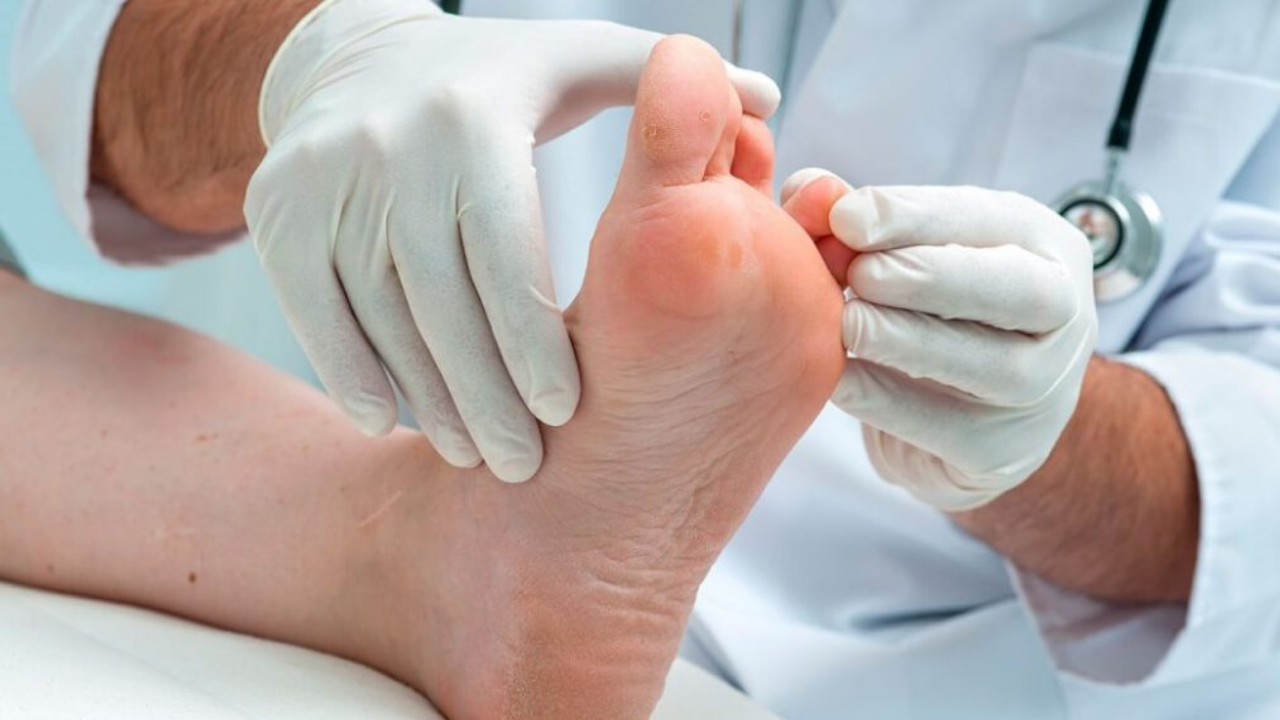December 4, 2019
2m 10s
Share:
Hyperbaric Oxygenation Treatment is one of the most effective and safe medical tools that can reduce the major amputation of extremities of patients with severely infected diabetic foot. It is a statistically proven treatment option and supported by studies in evidence-based medicine, as long as it is used in conjunction with conventional treatment, without replacing (or delaying) revascularization when necessary or surgical debridement and cures.
Some studies and summaries that support the use of hyperbaric oxygenation in severe diabetic foot injuries:
- In 1996, Faglia and colleagues published a prospective, controlled, hyperbaric oxygenation study compared to a control group of 33 conventionally treated patients. They only found better results in terms of the number of patients requiring major amputations (33.8 vs 8.3%) in patients with Wagner grade III and IV ulcers.
- Cianci et al, first in 1991 and later in 1997, reported successful results (without the need for amputation) in 78-89% of Wagner grade IV patients treated with hyperbaric oxygenation, also demonstrating that the cost of hyperbaric oxygenation is lower than that of amputation (even without taking into consideration the cost of subsequent rehabilitation).
- In 1998, in a prospective study without a control group in which 85 patients with diabetic foot and risk of amputation were included, Allen obtained good results in 78% of cases (cure in 65% and improvement in 13%).
- Kalani et al, in 2002, in a prospective, controlled and randomized long-term study (3 years), compared 2 homogeneous groups, with and without treatment with hyperbaric oxygenation. They demonstrated a lower rate of amputations (33% vs. 12%) and faster healing times.
- In 2004 the authors of the Diabetic Foot Treatment Guide of the American Society of Infectious Diseases (IDSA in USA) rated it as a Level of Evidence BI “Moderate evidence based on more than one controlled and randomized clinical study, which supports the recommendation for its use, it should usually be offered”.
- In 2005 Kranke and his colleagues systematically reviewed publications where hyperbaric oxygen was used in “chronic wounds” from 1996 to 2003. They included five controlled, randomized clinical trials. The authors concluded that hyperbaric oxygenation in diabetic foot ulcers “significantly reduces the risk of major amputation and may provide the possibility of healing at one year”. They also added that “this study suggested that the application of hyperbaric oxygen in these patients was justified to the extent that there was the ease of this technology”.
- In 2008 the Canadian Agency for the Control of Medicines and Health Technology published a similar conclusion with the report “Hyperbaric oxygen treatment attached to diabetic ulcers”. In that report, hyperbaric oxygenation together with the treatment of diabetic foot ulcers was more effective and healed more wounds compared with the standard treatment, subsequently, the incidence of major limb amputations decreased (11% in the hyperbaric oxygen group versus 32 % in the standard care group). This same review calculated that the economic benefit was greater in the group treated with hyperbaric oxygen versus the standard care group ($ 40,695 vs. $ 49,786) and increased “the quality of life years” (3.64 vs. 3.01).
Source
Luna, C. 2010. Scientific basis of hyperbaric oxygen therapy in the treatment of severe infected diabetic foot in evidence-based medicine. Med Int Mex 2010; 26 (4): 374-382.
Share:
Related
View cookie policy.


